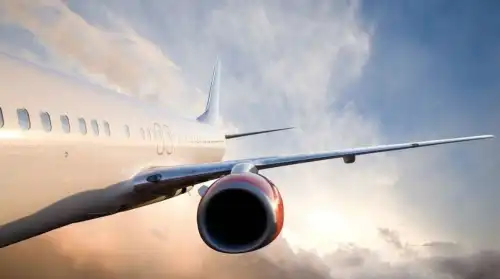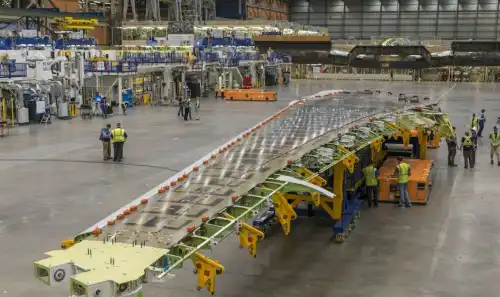Material selection is critical in the design and manufacturing of aircraft, especially in the wing area subjected to extreme temperatures and weight. The leading edge of an aircraft wing can rise sharply to 538°C due to friction with high-speed airflow during flight. This extremely high-temperature environment places extremely high demands on the material's heat resistance. Traditional titanium alloys in aircraft wings, although lightweight and strong, cannot maintain their structural integrity and performance at such high temperatures, and therefore cannot be used in this area.

On the other hand, although FeNi-based alloys can withstand high temperatures to a certain extent, their high density leads to an increase in overall weight, which adversely affects the fuel efficiency and performance of the aircraft. Therefore, based on a comprehensive consideration of heat resistance, lightness, and strength, titanium alloys in aircraft wings have become an ideal choice for the wing leading edge. In particular, Ti6Al-4V alloy has become the preferred material for the leading edge of aircraft wings due to its excellent heat resistance, high strength, and relatively lightweight.

In addition, during the manufacturing process of the wing, a set of clamping mechanisms is required to fix the wing to the supporting structure. These fixtures not only need to bear the weight of the wing but also need to maintain high precision during the manufacturing and assembly process. Similarly, due to the excellent strength and corrosion resistance of titanium alloys in aircraft wings, Ti6Al4V alloy is also widely used in the manufacture of these fixtures. This not only ensures the durability and precision of the fixture but also helps to improve the manufacturing quality and reliability of the entire wing.
In summary, titanium alloys in aircraft wings, especially Ti6Al-4V alloys, play a key role in the manufacture of aircraft wings. They not only meet the needs of high-temperature and lightweight materials on the leading edge of the wing but also improve the durability and manufacturing precision of the fixture, providing a strong guarantee for the overall performance and safety of the aircraft.











